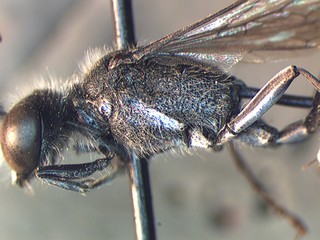
Native Bee Inventory and Monitoring Lab; Photographer: Erika Tucker · 9
Ammophila azteca, thorax, side |
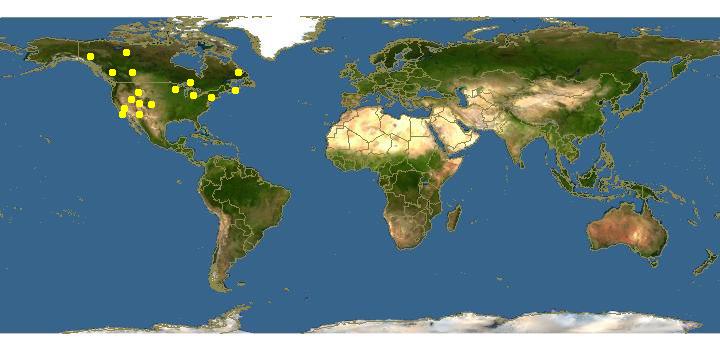
Click on map for details about points.
|
80x5 -
240x3 -
240x4 -
320x1 -
320x2 -
320x3 -
640x1 -
640x2
Set display option above.
Click on
images to enlarge. |
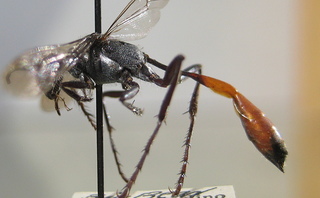
Native Bee Inventory and Monitoring Lab; Photographer: Erika Tucker · 1
Ammophila azteca, side |
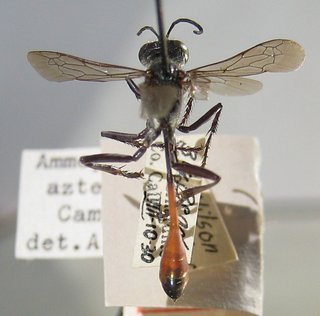
Native Bee Inventory and Monitoring Lab; Photographer: Erika Tucker · 1
Ammophila azteca, top |
|
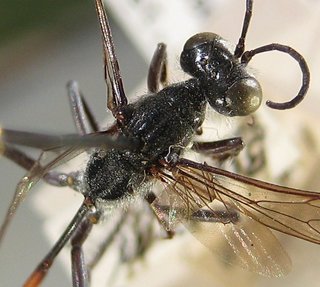
Native Bee Inventory and Monitoring Lab; Photographer: Erika Tucker · 1
Ammophila azteca, thorax |
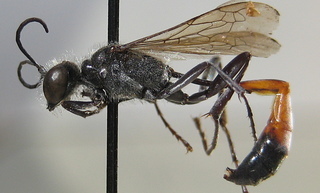
Native Bee Inventory and Monitoring Lab; Photographer: Erika Tucker · 1
Ammophila azteca, thorax side |
|
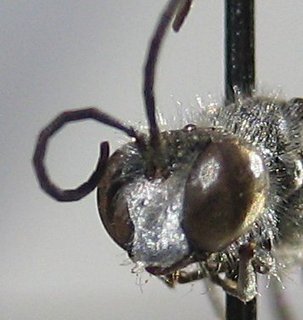
Native Bee Inventory and Monitoring Lab; Photographer: Erika Tucker · 1
Ammophila azteca, face |
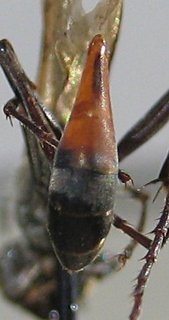
Native Bee Inventory and Monitoring Lab; Photographer: Erika Tucker · 1
Ammophila azteca, abdomen |
|
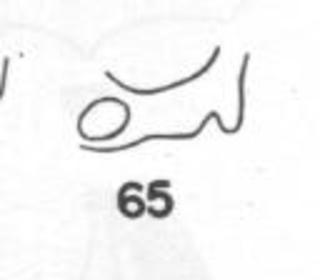
Arnold S. E. Menke, 1965 · 1
Ammophila azteca, metapleural flange |
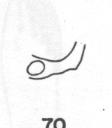
Arnold S. E. Menke, 1965 · 1
Ammophila azteca, metapleural flange |
|
Overview |
Taken from: A Revision of the North American Ammophila (hymenoptera, Sphecidae). Arnold S. E. Menke, 1965.
Ammophila (Ammophila) azteca Cameron
(Figs. 65, 70)
Ammophila azteca Cameron, 1888. Biologia Centrali-Americana, Hymen. 2:17.
Holotype female, Mazatlan, Mexico (British Museum, London).
Sphex pilosus Fernald, 1934. North American West Indian digger wasps genus Sphex, p. 120.
Holotype female, Colorado (Academy of Natural Sciences, Philadelphia). New synonymy.
Sphex aculeatus Fernald, 1934. North American West Indian digger wasps genus, p. 1145.
Holotype female, Owen’s Lake, Boulder Co., Colorado (United States National Museum, Washington). New synonymy.
Sphex pilosus nudus Murray, 1938. Ann. Entomol. Soc. Amer. 31:28.
Holotype male, Sawyer, Minnesota (University of Minnesota, Saint Paul). Preoccupied by Sphex nudus Fernald, 1903. New synonymy.
Ammophila pilosa brevisericea Murray, 1951. U. S. Dept. Agr., Agr. Monogr. 2:976.
New name for Sphex nudus Murray, 1938.
In general the lamellate metapleural flange (figs. 65, 70) and pale erect body hair will identify azteca. The flange is not always lamellate, however (fig. 59). A. harti is similar to azteca but the black wing veins of the latter are distinctive. Vestiture and punctation are highly variable in azteca and Murray described brevisericea for those specimens in which there is very little appressed silver hair on the mesosomal pleura. The species needs to be thoroughly studied since there is a possibility that azteca is actually a complex of species.
The types of azteca, pilosus, and aculeatus have been examined. The type of brevisericea has not been seen but material determined by Murray has been studied.
Ammophila azteca is probably the commonest and most widespread species of the genus in the western United States. East of the Rocky Mountains azteca is found in the northern states as far as Michigan. It is probable that it occurs as far east as Maine. The species is widespread in Canada. I have seen records from British Columbia to Labrador and Prince Edward Island. It ranges as far north as Rampart House, Yukon Territory, and Yellowknife in the Northwest Territories. Although the type of azteca supposedly came from Mazatlan, Mexico, I doubt the authenticity of the record since I have seen no material from Mexico. The closest records are from northern Arizona.
Ammophila azteca Group
Diagnosis. The azteca group characteristics are essentially the same as for the urnaria group except that the preepisternal sulcus is long, ending in the ventral region.
Included species. Ammophila acuta (Fernald), azteca Cameron, breviceps Smith, californica Menke, evansi Menke, harti (Fernald), karenae Menke, mediata Cresson, peckhami (Fernald), pruinosa Cresson, regina Menke, strenua Cresson and varipes Cresson.
Discussion. The azteca group is in need of a thorough study since the status of several species is in doubt, For example, “Ammophila pruinosa” is now known to consist of several closely related and undescribed species. The same situation may exist in Ammophila strenua and azteca.
Erect hair color, mesopleural patterns of appressed silver hair, color, and the configuration of the pronotal collar are useful for species discrimination in this group, The male genitalia are distinct in only half of the species; e, g., acute, californica, karenae, peckhami, pruinosa and regina (see figs, 115-120). The aedeagi of the remaining species are similar to that of Ammophila urnaria in the urnaria group (figs. 128-129).
The azteca group is represented throughout North America, The range of A. mediate and azteca extends past the Arctic Circle in western Canada. The group occurs in Mexico and specimens of an undescribed species belonging to the azteca group have been seen from the Andes of South America.
|
|
|
Names | |
|
|
| Supported by | |
Updated: 2024-04-25 06:19:23 gmt
|